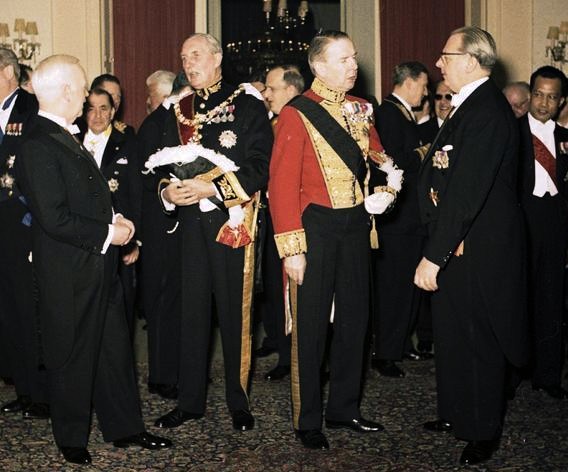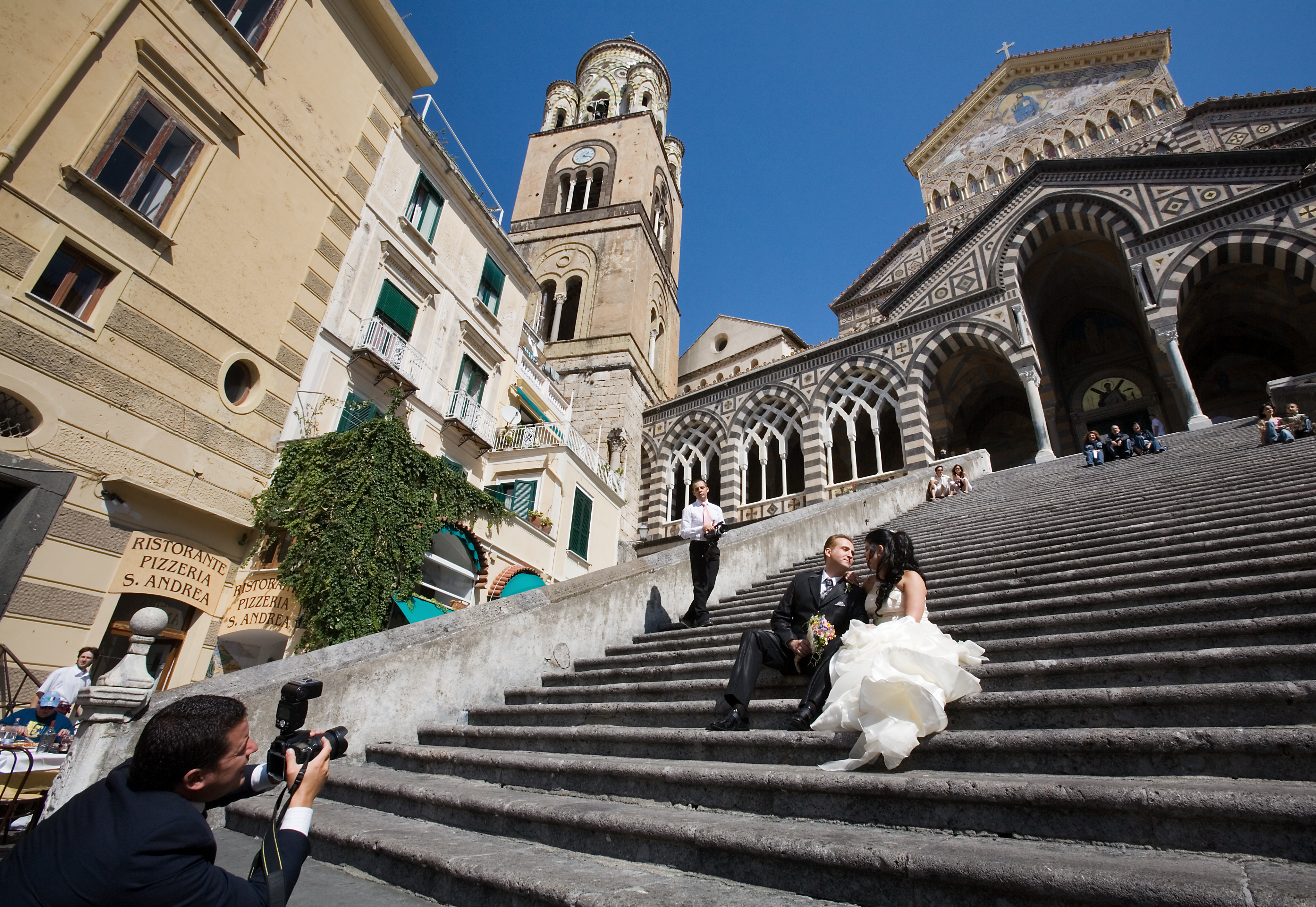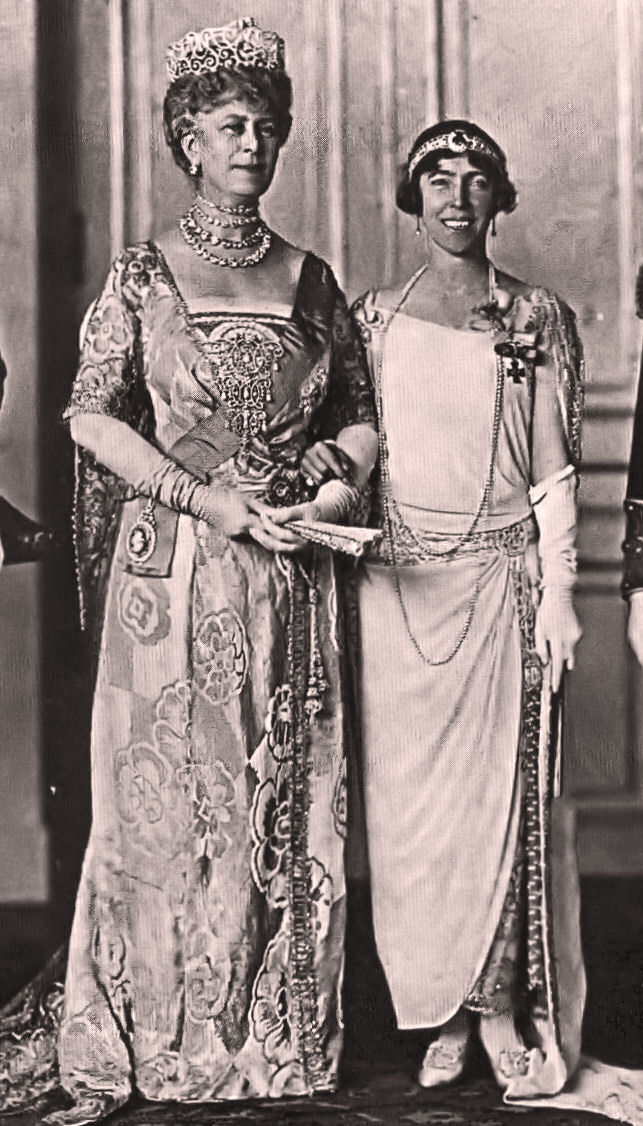|
White Wedding
A white wedding is a traditional formal wear, formal or semi-formal wear, semi-formal wedding originating in Great Britain. The term originates from the white colour of the wedding dress, popularised by Victorian era elites after Queen Victoria wore a white lace dress at her Wedding of Queen Victoria and Prince Albert of Saxe-Coburg and Gotha, 1840 wedding to Albert, Prince Consort, Prince Albert. The white wedding style was given another significant boost in 1981, when 750 million people watched Wedding of Prince Charles and Lady Diana Spencer, the wedding of Diana, Princess of Wales, Diana Spencer to Charles III, Charles, Prince of Wales, which saw her wear Wedding dress of Lady Diana Spencer, an elaborate white taffeta dress with an 8 m train. The full white wedding experience today typically requires the family to arrange for or purchase printed or engraved wedding invitations, musicians, decorations such as flowers or candles, clothes and flowers for bridesmaids, groomsmen, ... [...More Info...] [...Related Items...] OR: [Wikipedia] [Google] [Baidu] |
Formal Wear
Formal wear or full dress is the Western dress code category applicable for the most formal occasions, such as weddings, Baptism, christenings, confirmations, funerals, Easter traditions, Easter and Christmas traditions, in addition to certain state dinners, Audience (meeting), audiences, Ball (dance party), balls, and horse racing events. When formal dress is required, generally permitted alternatives include the most formal versions of ceremonial dresses (including court dresses, diplomatic uniforms and academic dresses), full dress uniforms, religious clothing, national costumes, and most rarely frock coats (which preceded morning coat as default formal day wear 1820s-1920s). In addition, formal wear is often properly worn when displaying official full size order (distinction), orders and medals. The Etiquette, protocol specifying men's traditional formal wear has remained virtually unchanged since the early 20th century. Despite decline following the counterculture of the 19 ... [...More Info...] [...Related Items...] OR: [Wikipedia] [Google] [Baidu] |
Christian Views On Marriage
Christian terminology and Christian theology, theological views of marriage vary by time period, by country, and by the different Christian denominations. Catholic Church, Catholic and Eastern Orthodox Church, Eastern Orthodox Christians consider marriage as a Sacraments of the Catholic Church, holy sacrament or Sacred mysteries#Eastern Christianity, sacred mystery, while Protestantism, Protestants consider marriage to be a sacred institution or "holy ordinance" of God in Christianity, God. However, there have been differing attitudes among denominations and individual Christians towards not only the concept of Christian marriage, but also concerning divorce, remarriage, Women in Christianity, gender roles, family authority (the "Biblical patriarchy, headship" of the husband), the coverture, legal status of married women, birth control, marriageable age, cousin marriage, Deceased Wife's Sister's Marriage Act 1907, marriage of in-laws, Interfaith marriage in Christianity, interfa ... [...More Info...] [...Related Items...] OR: [Wikipedia] [Google] [Baidu] |
Wedding Of Queen Victoria And Prince Albert
The wedding of Queen Victoria of the United Kingdom and Prince Albert of Saxe-Coburg and Gotha (later Prince Consort) took place on 10 February 1840 at Chapel Royal, St James's Palace, in London. Marriage Though she was Queen, Victoria as an unmarried young woman, was required by social convention to live with her mother, despite their differences over the Kensington System and her mother's continued reliance on Sir John Conroy. Her mother was consigned to a remote apartment in Buckingham Palace, and Victoria often refused to meet her. When Victoria complained to Lord Melbourne that her mother's close proximity promised "torment for many years", Melbourne sympathised but said it could be avoided by marriage, which Victoria called a "shocking alternative". She showed interest in Albert's education for the future role he would have to play as her husband, but she resisted attempts to rush her into wedlock. Victoria continued to praise Albert following his second visit in Octob ... [...More Info...] [...Related Items...] OR: [Wikipedia] [Google] [Baidu] |
Evening Glove
An evening glove or opera glove is a type of glove that reaches beyond the elbow. They are traditionally worn by women on formal occasions. Women's gloves for formal and semi-formal wear come in three lengths for women: wrist, elbow, and opera or full-length (over the elbow, usually reaching to the biceps but sometimes to the full length of the arm). The most expensive full-length gloves are custom-made of kidskin. Many other types of leather, most usually soft varieties of cowhide, are used in making full-length gloves; patent leather and suede are especially popular as alternatives to kidskin, and are often more affordable than kidskin. Satin and stretch satin materials are extremely popular, and there are mass-produced varieties as well. More unusual glove materials include leathers made from salmon, python, and stingray. History Western world While the etymology of the term ''opera glove'' is unknown, gloves of above-the-elbow length have been worn since at least the lat ... [...More Info...] [...Related Items...] OR: [Wikipedia] [Google] [Baidu] |
Court Uniform And Dress In The United Kingdom
Court uniform and dress in the United Kingdom were worn by those in attendance at the royal court up until the mid-20th century and are still worn as formal dress by certain office-holders. Specifically, ''court uniform'' was worn by those holding particular offices associated with the Crown (including certain specified civil servants and members of the Royal Household, and all Privy Counsellors). Its use extended to the diplomatic service and officials working in the colonies and dominions. A range of office-holders were entitled to wear it, with different classes of uniform specified for different grades of official. Introduced in the early 1820s, it is still worn today on state occasions by a select number of dignitaries both in the UK and in certain other Commonwealth realms. ''Court dress'', on the other hand, is a stylized form of clothing deriving from fashionable eighteenth-century wear, which was directed to be worn at court by those not entitled to a court unifo ... [...More Info...] [...Related Items...] OR: [Wikipedia] [Google] [Baidu] |
Debutantes
A debutante, also spelled débutante ( ; from , ), or deb is a young woman of aristocratic or upper-class family background who has reached maturity and is presented to society at a formal "debut" ( , ; ) or possibly debutante ball. Originally, the term indicated that the woman was old enough to be married, and one purpose of her "coming out" was to display her to eligible bachelors and their families with a view to marriage within a select circle. A debutante ball, sometimes called a coming-out party, is a formal ball that includes presenting debutantes during the social season, usually during the spring or summer. Debutante balls may require prior instruction in social etiquette and appropriate morals. Austria Vienna, Austria, maintains the most active formal ball season in the world. From 1 January to 1 March, no fewer than 28 formal balls, with a huge variety of hosts, are held in Vienna. Many are for specific nationalities, like the Russian Ball or the Serbian Saint ... [...More Info...] [...Related Items...] OR: [Wikipedia] [Google] [Baidu] |
Albert Of Saxe Coburg-Gotha
Prince Albert of Saxe-Coburg and Gotha (Franz August Karl Albert Emanuel; 26 August 1819 – 14 December 1861) was the husband of Queen Victoria. As such, he was consort of the British monarch from their marriage on 10 February 1840 until his death in 1861. Victoria granted him the title Prince Consort in 1857. Albert was born in the Saxon duchy of Saxe-Coburg-Saalfeld to a family connected to many of Europe's ruling monarchs. At the age of 20, he married Victoria, his first cousin, with whom he had nine children. Initially, he felt constrained by his role as consort, which did not afford him power or responsibilities. He gradually developed a reputation for supporting public causes, such as educational reform and the abolition of slavery worldwide, and he was entrusted with running the Queen's household, office and estates. He was heavily involved with the organisation of the Great Exhibition of 1851, which was a resounding success. Victoria came to depend more and more on A ... [...More Info...] [...Related Items...] OR: [Wikipedia] [Google] [Baidu] |
Wedding Dress Of Queen Victoria
Queen Victoria of the United Kingdom married Prince Albert of Saxe-Coburg and Gotha on 10 February 1840. She chose to wear a white wedding dress made from heavy silk satin, making her one of the first women to wear white for their wedding. The Honiton lace used for her wedding dress proved an important boost to Devon lace-making. Queen Victoria has been credited with starting the tradition of white weddings and white bridal gowns, although she was not the first royal to be married in white. Design The lace was designed by William Dyce, head of the then Government School of Design (later known as the Royal College of Art), and mounted on a white satin dress made by Mary Bettans. The plain, cream-coloured satin gown was made from fabric woven in Spitalfields, east London, and trimmed with a deep flounce and trimmings of lace hand-made in Honiton and Beer, in Devon. This demonstrated support for English industry, particularly the cottage industry for lace. The handmade lace m ... [...More Info...] [...Related Items...] OR: [Wikipedia] [Google] [Baidu] |
Victoria Of The United Kingdom
Victoria (Alexandrina Victoria; 24 May 1819 – 22 January 1901) was Queen of the United Kingdom of Great Britain and Ireland from 20 June 1837 until Death and state funeral of Queen Victoria, her death in January 1901. Her reign of 63 years and 216 days, which was List of monarchs in Britain by length of reign, longer than those of any of her predecessors, constituted the Victorian era. It was a period of industrial, political, scientific, and military change within the United Kingdom of Great Britain and Ireland, United Kingdom, and was marked by a great expansion of the British Empire. In 1876, the British parliament voted to grant her the additional title of Empress of India. Victoria was the daughter of Prince Edward, Duke of Kent and Strathearn (the fourth son of King George III), and Princess Victoria of Saxe-Coburg-Saalfeld. After the deaths of her father and grandfather in 1820, she was Kensington System, raised under close supervision by her mother and her Comptrol ... [...More Info...] [...Related Items...] OR: [Wikipedia] [Google] [Baidu] |
Francis II Of France
Francis II (; 19 January 1544 – 5 December 1560) was List of French monarchs, King of France from 1559 to 1560. He was also List of Scottish consorts, King of Scotland as the husband of Mary, Queen of Scots, from 1558 until his death in 1560. He ascended the throne of France at age 15 after the accidental death of his father, Henry II of France, Henry II, in 1559. His short reign was dominated by the first stirrings of the French Wars of Religion. Although the royal age of majority was 14, his mother, Catherine de' Medici, entrusted the reins of government to his wife Mary's uncles from the House of Guise, staunch supporters of the Catholic cause. They were unable to help Catholics in Scotland against the progressing Scottish Reformation, however, and the Auld Alliance was dissolved. After dying of an ear infection, Francis was succeeded by two of his brothers in turn, both of whom were also unable to reduce tensions between Protestants and Catholics. Childhood and edu ... [...More Info...] [...Related Items...] OR: [Wikipedia] [Google] [Baidu] |
Mary, Queen Of Scots
Mary, Queen of Scots (8 December 1542 – 8 February 1587), also known as Mary Stuart or Mary I of Scotland, was List of Scottish monarchs, Queen of Scotland from 14 December 1542 until her forced abdication in 1567. The only surviving legitimate child of James V of Scotland, Mary was six days old when her father died and she inherited the throne. During her childhood, Kingdom of Scotland, Scotland was governed by regents, first by the heir to the throne, James Hamilton, Earl of Arran, and then by her mother, Mary of Guise. In 1548, she was betrothed to Francis II of France, Francis, the Dauphin of France, and was sent to be brought up in Kingdom of France, France, where she would be safe from invading Kingdom of England, English forces during the Rough Wooing. Mary Wedding of Mary, Queen of Scots, and Francis, Dauphin of France, married Francis in 1558, becoming queen consort of France from his accession in 1559 until his death in December 1560. Widowed, Mary Entry of Mary, Q ... [...More Info...] [...Related Items...] OR: [Wikipedia] [Google] [Baidu] |









